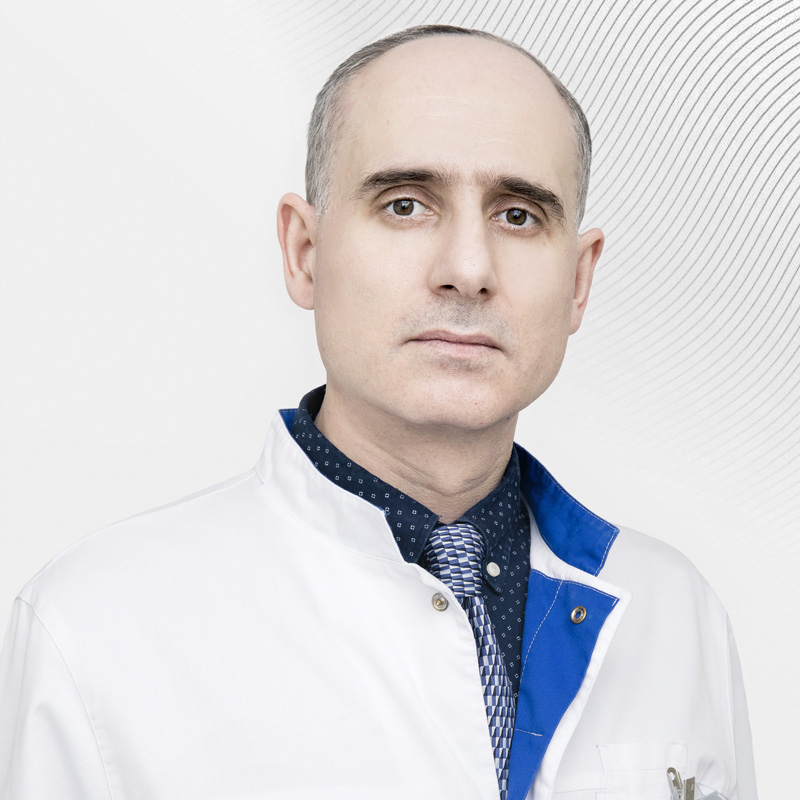Knee arthroplasty
Knee replacement is a complex surgical procedure that involves replacing a severely damaged or worn-out joint with an artificial one in order to restore lost limb function and return the patient to a pain-free lifestyle.
Anatomy
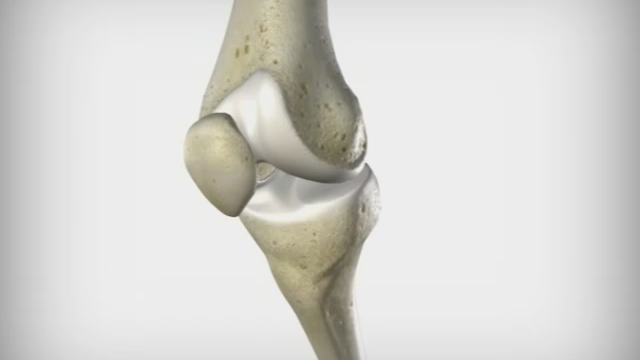 The knee joint is the largest in the human body, it takes on a huge part of the load when moving (walking, running) and other active activities.
The knee joint is the largest in the human body, it takes on a huge part of the load when moving (walking, running) and other active activities.
The joint is formed by the distal end of the femur and the proximal end of the tibia, covered with hyaline cartilage and reinforced with a multitude of ligaments and tendons that ensure joint stability. The patella is attached to the front of the distal end of the femur.
The knee structure makes it possible not only to bend and unbend the shin, but also to rotate inwards (pronation) and move outwards (supination).
However, at the same time, the complex anatomical structure of the knee joint and the heavy loads it takes on daily make it one of the most vulnerable.
Indications for knee replacement
In a healthy joint, the muscles and ligaments of the joint capsule are balanced. Smooth and even cartilage ensures smooth sliding of bones relative to each other. In case of pathological changes in the joint, accompanied by severe pain and lack of effectiveness of conservative treatment, surgical intervention is indicated for patients.
The most common indications for endoprosthetics are the following conditions/diseases:
-
osteoarthritis of the knee joint (gonarthrosis, post-traumatic osteoarthritis)
-
rheumatoid polyarthritis
-
improperly fused intraarticular fractures of the articular surfaces of the bones that make up the knee joint
-
damage to the ligamentous apparatus of the knee joint with pronounced changes in the articular surfaces of bones
-
aseptic or avascular necrosis
-
bone tumors, etc.
During a face-to-face consultation, an orthopedic surgeon ECSTO evaluates the degree of joint wear and, based on the studies and functional tests performed, decides whether surgery is necessary in a particular case.
Our specialist determines the indications /contraindications for surgery, discusses in detail with the patient all the nuances related to the upcoming treatment, selects the necessary type of endoprosthesis, taking into account the condition of the bone tissue and anatomical features of the knee.
Preparation for the operation
When determining the indications for surgery, our orthopedists take into account many factors, including the patient's age and weight, the condition and shape of the knee joint bones, the condition of the leg muscles and ligaments, the expected degree of physical activity of the patient, etc
.
In European Clinic of Traumatology and Orthopedics ECSTO You will be able to undergo a full preoperative clinical examination, including conducting research and visiting the necessary specialists within a few hours.After the examination, the anesthesiologist selects the optimal type of anesthesia that guarantees the patient no pain during surgery. Our specialist also takes into account the individual characteristics of the patient's body, such as the presence/absence of chronic diseases, age, etc.;
On average, the endoprosthetics procedure takes from one to several hours and is performed under general or regional (spinal, epidural) anesthesia.
Operation
 Knee replacement surgery is a technically very difficult procedure. Only a competent surgeon with extensive experience in performing such operations can properly install a knee replacement.
Knee replacement surgery is a technically very difficult procedure. Only a competent surgeon with extensive experience in performing such operations can properly install a knee replacement.
In case of damage to only one area of the knee joint, the patient undergoes a single-pole arthroplasty, in which only the damaged part of the knee joint is replaced with an artificial implant. If it is necessary to replace all components of the joint, complete (total) arthroplasty is performed.
During the operation, the orthopedic surgeon removes damaged bone fragments and remnants of the destroyed cartilage of the knee joint and replaces them with the components of the endoprosthesis.
A properly selected and installed modern endoprosthesis gives the patient the opportunity to live a full life without pain for many years.
Rehabilitation after knee replacement
Pain syndrome after surgery in patients is usually moderate, which makes it possible to start the very next day after surgery: ECSTO patients begin to walk with a full load on the operated leg under the supervision of a rehabilitologist and engage in passive joint development with an Arthromot device, which helps to restore the volume of movement as soon as possible.
By the time they are discharged from the clinic (day 6-7), ECSTO patients in most cases walk independently with or without additional support, and can climb/descend stairs.
If the recommendations of the orthopedic surgeon and the rehabilitologist are followed, the patient will soon be able to return to a normal, full-fledged lifestyle.
The cost of knee replacement
The cost of the operation can be specified by calling the clinic or in прайс-листе in the section "Traumatological and orthopedic operations".
Get help
Specify your contacts and we will contact you to clarify the details.
Doctors
.jpg)
Ruben Metsaturyan
Head of the Surgery Department and Acting Head of the Surgical Clinic, Doctor of the highest category, Ph.D. of Medical Sciences
-
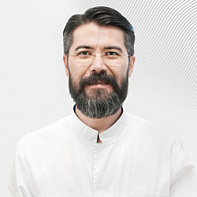
Anvar Iuldashev
Ph.D. of Medical Sciences
-
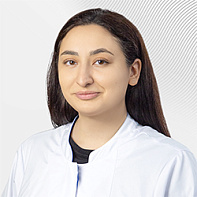
Lyusine Movsesyan
-
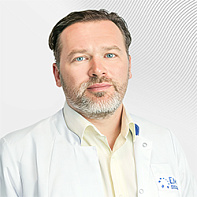
Aleksey Shumskiy
Ph.D. of Medical Sciences
-

Olga Davydova
-

Dmitriy Chugaev
Doctor of the highest category, Ph.D. of Medical Sciences
-
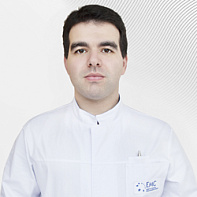
Umar Ozden
-
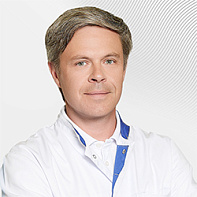
Aleksandr Vetoshkin
Head of the Center for Traumatology and Orthopedics, Ph.D. of Medical Sciences, Associate Professor
-
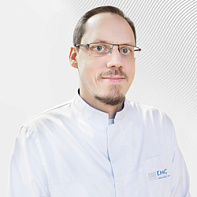
Artyem Lyagin
-
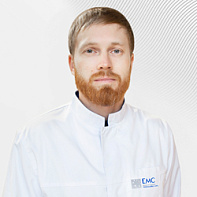
Igor Kovalyunas
-
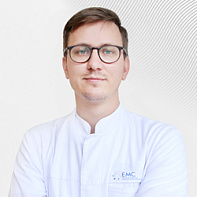
Pavel Andreev
-
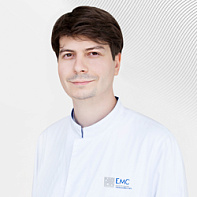
Dmitriy Bessonov
-
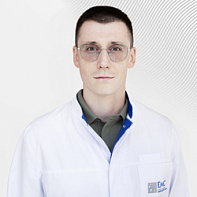
Andrey Anankin
-
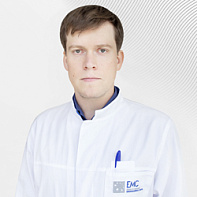
Danila Ananin
Head of the Department of Traumatology, Ph.D. of Medical Sciences, Associate Professor, Doctor of the highest category
-
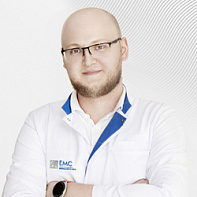
Ivan Vasilev
-
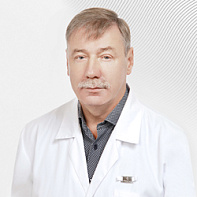
Dmitriy Semenov
Doctor of Medicine, Professor
-

Nechay Taras
Doctor of Medicine, Associate Professor, Professor
-
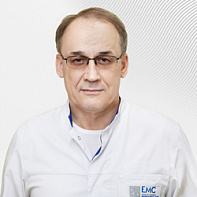
Dmitry Ruchkin
Leading thoracoabdominal surgeon of the Russian Federation, Doctor of Medicine, Professor
-
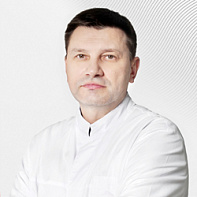
Igor Andrreytsev
Doctor of Medicine
-

Chzhao Аleksey
Doctor of Medicine, Professor
-
Ruben Metsaturyan
Head of the Surgery Department and Acting Head of the Surgical Clinic, Doctor of the highest category, Ph.D. of Medical Sciences
- He is one of the leading surgeons of the EMC. During the absence of the head of the EMC Surgery Center, he acts as the head
- The main specialization is abdominal "planned" and "urgent" surgery
- Member of the Russian Society of Surgeons named after N.I. Pirogov
- Member of the Russian Society of Surgeons named...
Total experience
25 years
Experience in EMC
since 2015
